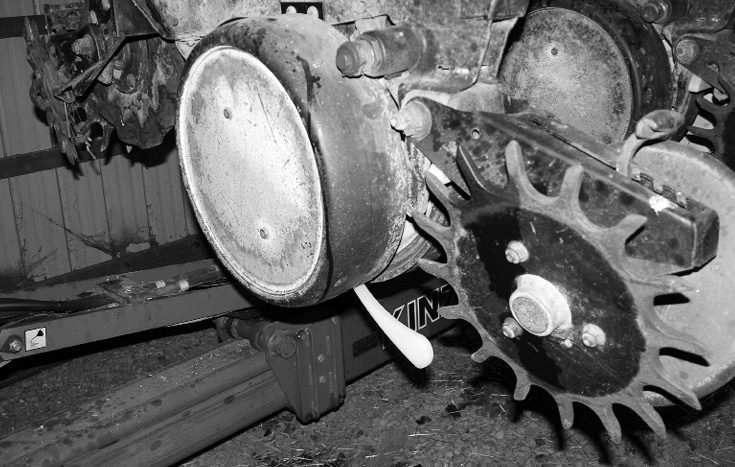No-Till Farmer
Get full access NOW to the most comprehensive, powerful and easy-to-use online resource for no-tillage practices. Just one good idea will pay for your subscription hundreds of times over.

When it comes to no-tilling around Gettysburg, Pa., it’s quite a battle for Ed and Dan Wilkinson. While some of the land these no-tillers farm is where the most famous battle of the Civil War was fought, the battle for the Wilkinsons is taming the soils that make the transition to no-till tough.
“It’s a red clay shale with only 6 inches of topsoil,” says Ed, who acknowledges he’s up for a good challenge. “We’ve made our mind up that we’re going to be 100% no-till and that’s just the way it’s going to be.”
No-till became a part of their dairy farm about 25 years ago, but it was limited to corn acres. They grew no soybeans then and their grass forages were hydro-seeded after the ground was worked up.
They hauled manure from their dairy whenever the need arose. After a couple of years no-tilling corn, they felt the land was becoming hard and tight and they would go back to chisel plowing.
To accommodate the switch to continuous no-till, they’ve made changes to their manure application program and have added cover crops to improve their soil biology.
Applications of liquid dairy manure typically occur in the late summer during the dry time of the season so that they can minimize compaction. They have shortened the maturity length of their silage corn so that it can be harvested sooner. This allows them to get into the fields faster to spread manure before fall rains arrive.
After…